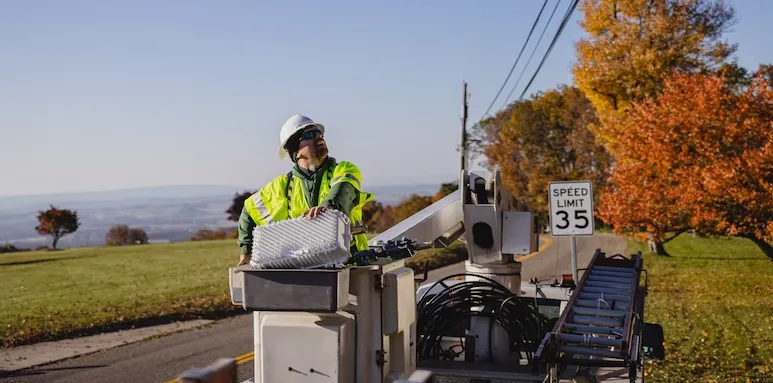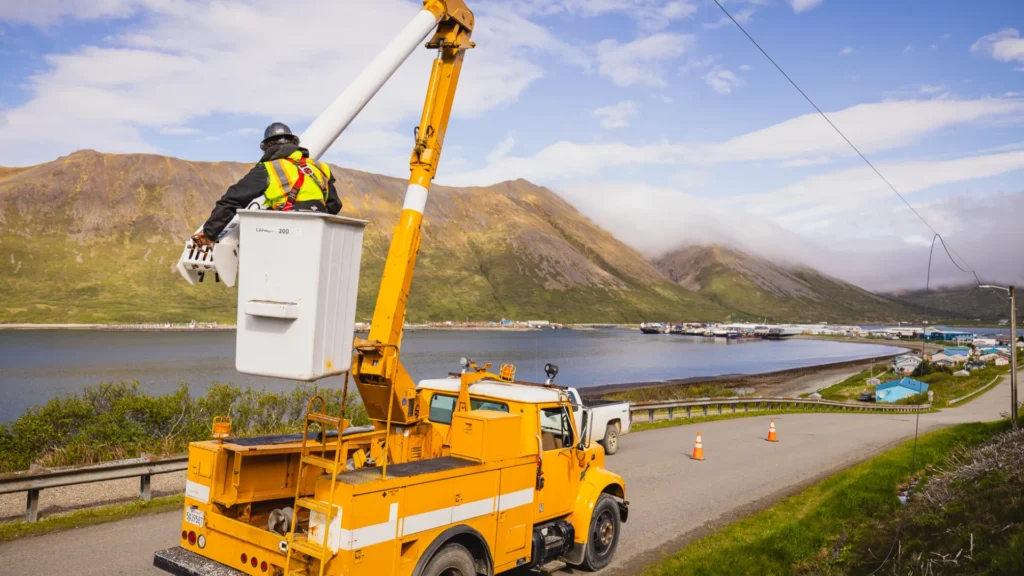A new study that examines U.S. broadband network performance during the COVID-19 pandemic finds that America’s broadband networks passed their biggest stress test ever with flying colors when the internet experienced unprecedented surges in traffic during the worst phases of the global health crisis. In fact, the study—released by Recon Analytics—asserts that the U.S. network performance change was imperceptible to the average daily user. A few of the key findings include:
- Internet traffic increased by more than 20% in the early months of the COVID-19 pandemic.
- Wireless download speeds doubled since the beginning of the pandemic.
- By June 2020, fixed download speeds already far exceeded pre-pandemic levels.
- While video conferencing use became widespread, video streaming increased substantially, with internet traffic continuing to be 93% downstream and 7% upstream.
- A light touch regulatory framework has incented investment in forward-looking network planning.
Why it matters: Cable operators have continually invested tens of billions of dollars in building out, monitoring, and upgrading their networks year after year, and no other time were the results of this investment more palpable than during the COVID-19 pandemic. At a time when more people than ever before turned to the internet to continue a semblance of their lives online, the network proved resilient and reliable as students attended virtual schools, employees worked remotely, healthcare providers turned to telehealth, people streamed more video for entertainment purposes, and social events went online.
Cable operators have built a network with the ability to evolve to meet the demands of the present day, no matter what is going on in the world. Its innovative nature is also future-proofed, ensuring that the network is ready for whatever comes next. Additionally, as the paper asserts, this innovative approach is made possible by America’s free-market framework and competitive marketplace: “Without a consistent and predictable light touch regulatory regime, the type of investments that let much of the U.S. economy seamlessly switch from a largely at the office business model to a fully distributed work at home model would be difficult to imagine.”
Cable’s COVID-19 response: From the onset of the pandemic in the U.S., America’s cable operators became fully transparent to the public about how well their networks were performing during this difficult time. NCTA created the COVID-19 Internet Dashboard and published the results on a biweekly basis. The data conveyed that the networks were holding up resiliently against the historic surges in internet traffic. Cable operators also expanded their broadband adoption programs even further by increasing eligibility requirements, worked with school districts to identify and provide free internet to school-age students without internet at home, forgave past debts, formed new partnerships to reach communities in need, and worked around the clock to continue to build out and enhance their networks throughout.
What comes next: As the country enters a new phase of the pandemic in 2022, the cable industry continues to do what it has done for decades, which is to meet the digital demands of today and to prepare for the demands of tomorrow. This means delivering even faster speeds, greater security and reliability, building out to unserved communities, and encouraging broadband adoption through the industry’s low-cost programs and digital classes for low-income families and vulnerable populations. The 10G initiative, which is cable’s commitment to bring 10 gigabit speeds to homes across America, is gaining ground and will transform the way people interact online. And in the wake of the recent signing of the Infrastructure Investment and Jobs Act, the industry is committed to being a productive partner in connecting the communities most in need of high-speed broadband.
Read the full Recon Analytics study here.









